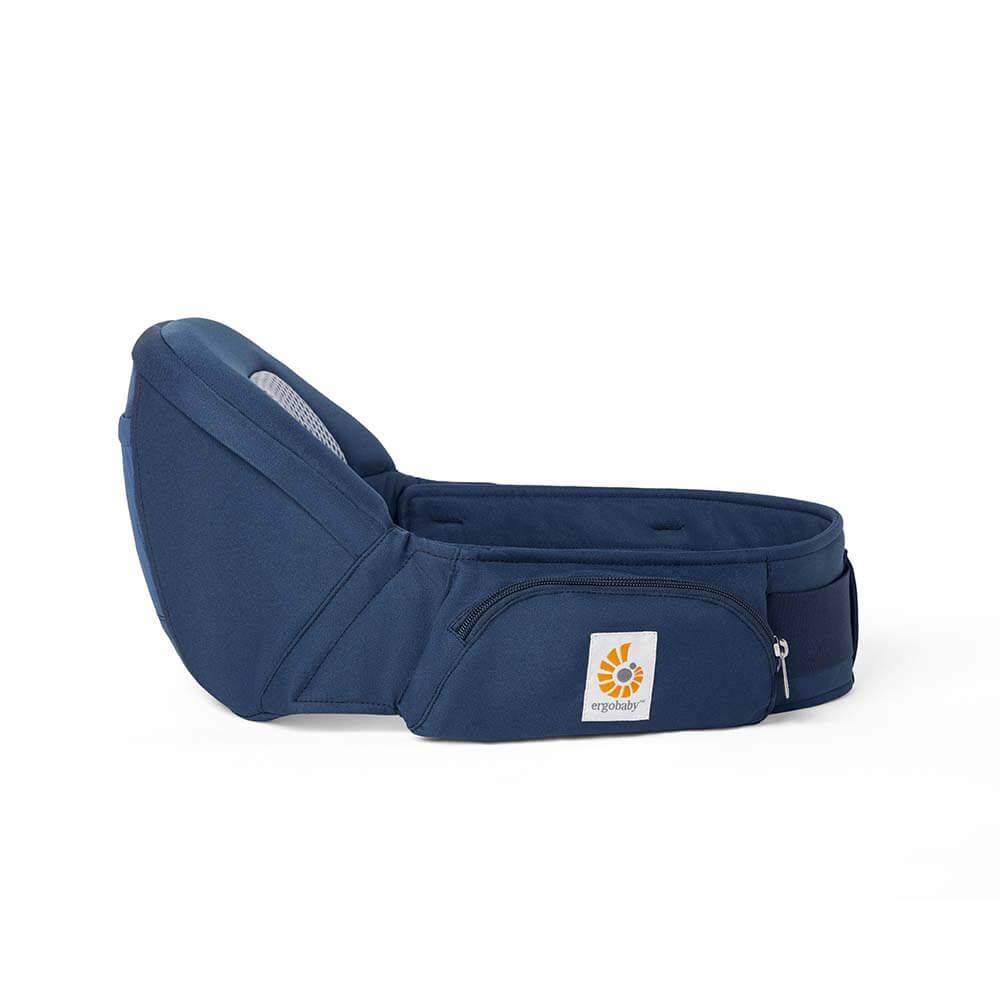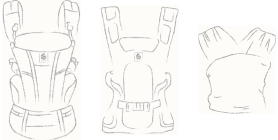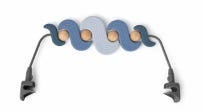Alexsandra Burt
Since the 1950s, more doctors have acknowledged the tremendous healing power of bonding with our young through babywearing, physical contact, breastfeeding and family beds. The physical, mental and emotional health benefits are unsurpassed by any drug or remedy known to man with the benefits lasting a lifetime. Hopefully, this article helps parents to bond with their offspring through a means that is biologically compatible with their infants’ needs because our babies are movement-starved. Bonding is the physical, mental, emotional, and, some might add, spiritual, connection and attachment most parents make with their offspring to varying degrees. It deeply engages all the senses. “The mother is endocrinologically, sensually, as well as neurologically transformed in ways likely to serve the infant’s needs and contribute to her own posterity. The hormone oxytocin, also called the love drug, and known to be as addictive as morphine, is released while breastfeeding, snuggling, or massaging.
Medical doctors mostly refer to hip dysplasia as DDH for developmental dysplasia of the hip. Earlier terminology was congenital dysplasia of the hip (CDH).[1] Generally it is a condition where the top of the thighbone does not fit properly in the hip socket or is unstable, dislocating to greater or lesser degrees. DDH covers a wide variety of problems with the hip joint.[2] You can visualize the hip socket as a cup and the femoral head of the thighbone as a ball. The ball needs to fit evenly in the cup and with enough room so it can rotate smoothly in multiple directions without slipping out of the cup. “Approximately one out of every 100 children is born with DDH (in some form), and around 1 out of 1,000 children has a dislocated hip at birth.”[3] “Ninety percent of the hips of newborns with mild dysplasia identified by ultrasound resolved spontaneously between 6 weeks and 6 months.”[4] This is probably because the majority of infants with DDH are female and they have looser
























